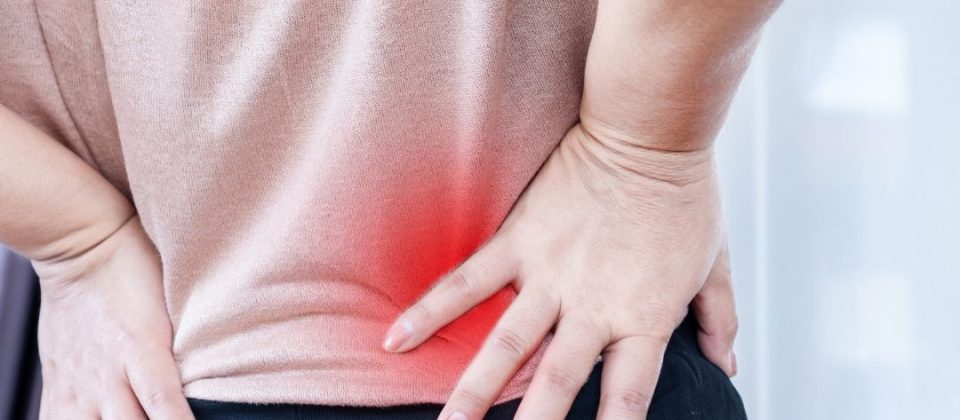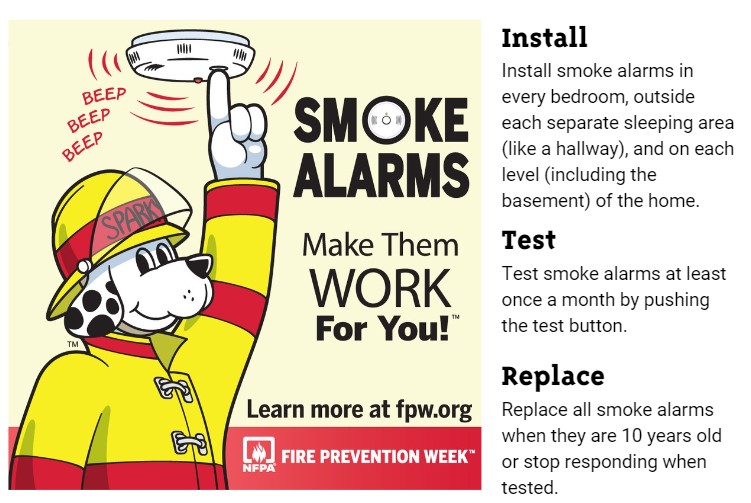
Back Strain- Lift Carefully

According to the CDC, healthcare workers often experience back strain (musculoskeletal disorders) (MSDs) at a rate exceeding that of workers in construction, mining, and manufacturing. The problem of lifting or assisting patients is compounded by the increasing weight of patients to be lifted due to the obesity epidemic in the U. S. and the rapidly increasing number of older people who require assistance with the activities of daily living.
To prevent injury, proper body mechanics involves standing and moving one’s body to prevent injury, avoid fatigue, and make the best use of strength. When you learn how to control and balance your own body, you can safely control and move another person. Back injuries to family and professional caregivers are common, so when doing any lifting be sure to use proper body mechanics. Follow general rules:
- Never lift more than you can comfortably handle.
- Create a base of support by standing with your feet 8–12 inches (shoulder width) apart with one foot a half step ahead of the other.
- DO NOT let your back do the heavy work—USE YOUR LEGS. (The back muscles are not your strongest muscles.)
- If the bed is low, put one foot on a footstool. This relieves pressure on your lower back.
- Consider using a support belt for your back.
Caregiver Advice for Moving a Person
These pointers are for the caregiver only. Be sure to see the following pages for the steps for a specific transfer.
- Tell the person what you are going to do.
- Before starting a move, count with the person, “1-2-3.”
- To feel in control, get close to the person you are lifting.
- While lifting, keep your back in a neutral position (arched normally, not stiff), knees bent, weight balanced on both feet. Tighten your stomach and back muscles to maintain a correct support position.
- Use your arms to support the person.
- Again, let your legs do the lifting.
- Pivot (turn on one foot) instead of twisting your body.
- Breathe deeply.
- Keep your shoulders relaxed.
- When a lot of assistance is needed with transfers, tie a strong belt or a transfer belt around the person’s waist and hold it as you complete the transfer.
Getting In and Out of Bed

It is common for the elderly or a person with a disability to have trouble turning over or getting in and out of bed. Transferring a person in and out of bed is an important caregiver activity. It can be done fairly easily if these instructions are followed. Use the same procedure for all transfers so that a routine is set up. These tips may help:
- If the person is having trouble getting in and out of bed or turning over in bed, talk to the health care provider. Medication may have to be adjusted.
- A satin sheet or piece of satin material tucked across the middle of the bed can make it easier for the person to turn over.
- Flannel sheets or heavy blankets make turning over more difficult.
- Make sure the path from the bed to the bathroom is well lit. Use a nightlight or leave open a closet door with the light left on.
- Keep the bedroom floor clear of things that could cause a fall.
Moving a person in bed can injure the person in care or the caregiver if certain basic rules are not followed:
- Never grab or pull the person’s arm or leg.
- If the medical condition and bed allow, raise the foot of the bed slightly to prevent the person from sliding down.
- If moving him is difficult, get him out of bed and back in the wheelchair and start over by putting him in bed closer to the headboard.
Preventing Back Injuries- Having the person grab a trapeze bar to help with the move is easiest and safest for your back.
Moving the Person to One Side of the Bed on His or Her Back
- Place your feet 8–12 inches apart, knees bent, back in a neutral position.
- Slide your arms under the person’s back to her far shoulder blade. (Bend your knees and hips to lower yourself to the person’s level.)
- Slide the person’s shoulders toward you by rocking your weight to your back foot.
- Use the same procedure at the person’s buttocks and feet.
- Always keep your knees bent and your back in a neutral position.
Memory Care- Transfers
Any time the person with Alzheimer’s resists you during a transfer, consider whether the person understands what you want him to do and whether he feels safe. Fear and confusion are often the cause of resistance. During transfers people may feel more vulnerable and may resist out of fear or not knowing where they are going. A skillful, confident approach will go a long way toward cooperation.
Taking Care of Yourself- Lighten Your Load
A too heavy handbag can cause muscle soreness, nerve compression and back and shoulder pain. A bag should weigh no more than 10 percent of your body weight. Weigh your bag on the bathroom scale to make sure you’re not putting unnecessary strain on your body. If you have to carry a heavy load on a regular basis, consider a bag with wheels.
To prevent injuries to yourself, get plenty of rest and maintain good nutrition, physical fitness, good body mechanics and a program for managing stress.
Source: American Chiropractic Association
Safety Tips- Why Do Seniors Fall?
Failure to exercise regularly results in poor muscle tone, decreased bone mass, loss of balance and reduced flexibility.
Impaired vision, including age-related vision diseases, as well as not wearing glasses that have been prescribed.
Medications, like sedatives, antidepressants, and anti-psychotic drugs, plus taking multiple medications, increase the risk of falling.
Health conditions, such as Parkinson’s, Alzheimer’s and arthritis, cause weakness in the extremities, poor grip strength, balance disorders and cognitive impairment.
Hip replacements and other surgeries leave an elderly person weak, in pain and discomfort and less mobile than they were before the surgery.
Environmental hazards, such as poor lighting, loose carpets and lack of safety equipment.


